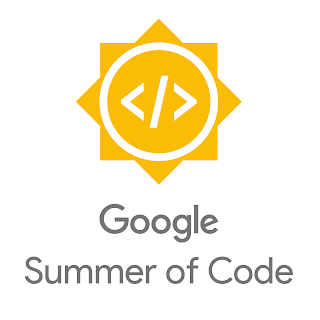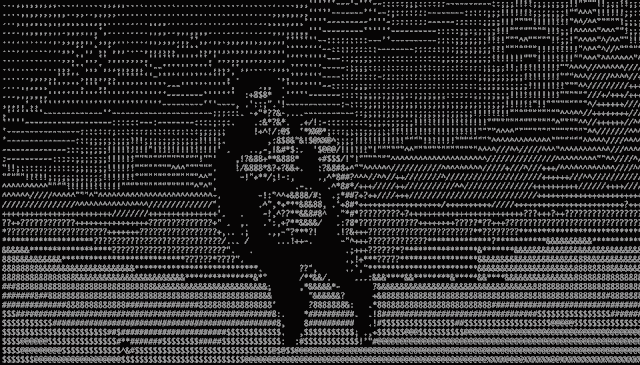 |
| Program chairs at OSCON 2017, left to right: Rachel Roumeliotis, Kelsey Hightower, Scott Hanselman. Photo used with permission from O'Reilly Media. |
If you’re curious about our outreach programs, our approach to open source, or any of the open source projects we’ve released, please find us! We’re eager to chat. You’ll find us and many other Googlers throughout the week on stage, in the expo hall, and at several special events that we’re running, including:
- TensorFlow Day on Tuesday from 9am-5pm
- Istio Day on Tuesday from 9am-5pm
- Better Together Diversity Networking Lunch on Wednesday from 12:30-1:45pm
- Kubernetes Anniversary Party at Cloud Native PDX Meetup on Wednesday from 7-9pm
Sunday, July 15th (Community Leadership Summit)
11:45am Asking for time and/or money by Cat Allman
Monday, July 16th (Tutorials)
9:00am Getting started with TensorFlow by Josh Gordon
1:30pm Introduction to natural language processing with Python by Barbara Fusinska
Tuesday, July 17th (Tutorials)
9:00am Istio Day opening remarks by Kelsey Hightower
9:00am TensorFlow Day opening remarks by Edd Wilder-James
9:05am Sailing to 1.0: Istio community update by April Nassi
9:05am The state of TensorFlow by Sandeep Gupta
9:30am Introduction to fairness in machine learning by Hallie Benjamin
9:55am Farm to table: A TensorFlow story by Gunhan Gulsoy
11:00am Hassle-free, scalable machine learning with Kubeflow by Barbara Fusinska
11:05am Istio: Zero-trust communication security for production services by Samrat Ray, Tao Li, and Mak Ahmad
12:00pm Project Magenta: Machine learning for music and art by Sherol Chen
1:35pm Istio à la carte by Daniel Ciruli
Wednesday, July 18th (Sessions)
9:00am Wednesday opening welcome by Kelsey Hightower
11:50am Machine learning for continuous integration by Joseph Gregorio
1:45pm Live-coding a beautiful, performant mobile app from scratch by Emily Fortuna and Matt Sullivan
2:35pm Powering TensorFlow with big data using Apache Beam, Flink, and Spark by Holden Karau
5:25pm Teaching the Next Generation to FLOSS by Josh Simmons
Thursday, July 19th (Sessions)
9:00am Thursday opening welcome by Kelsey Hightower
9:40am 20 years later, open source is as important as ever by Sarah Novotny
11:50am Google’s approach to distributed systems observability by Jaana B. Dogan
2:35pm gRPC versus REST: Let the battle begin with Alex Borysov
5:05pm Shenzhen Go: A visual Go environment for everybody, even professionals by Josh Deprez
We look forward to seeing you and the rest of the community there!
By Josh Simmons, Google Open Source










